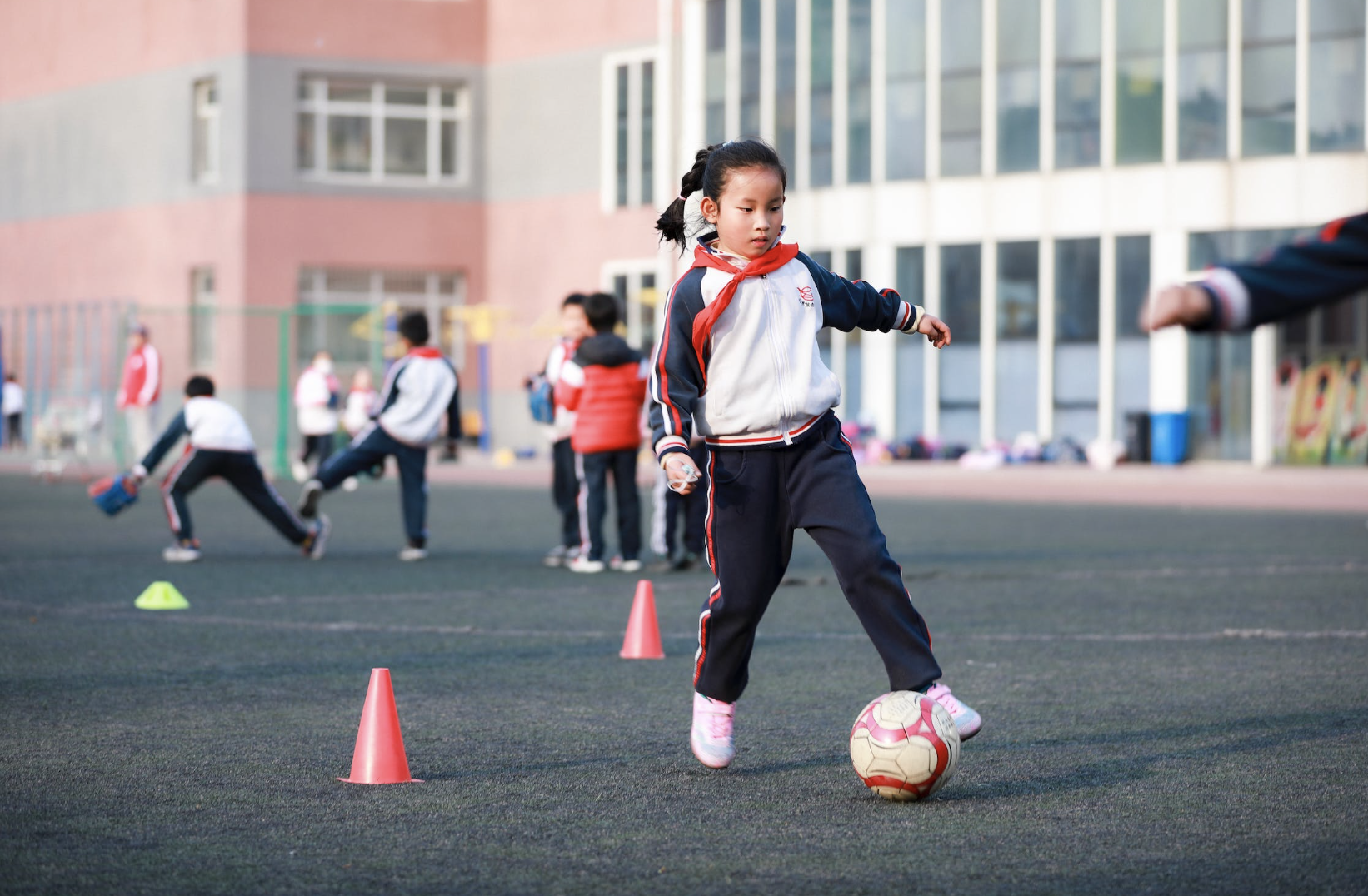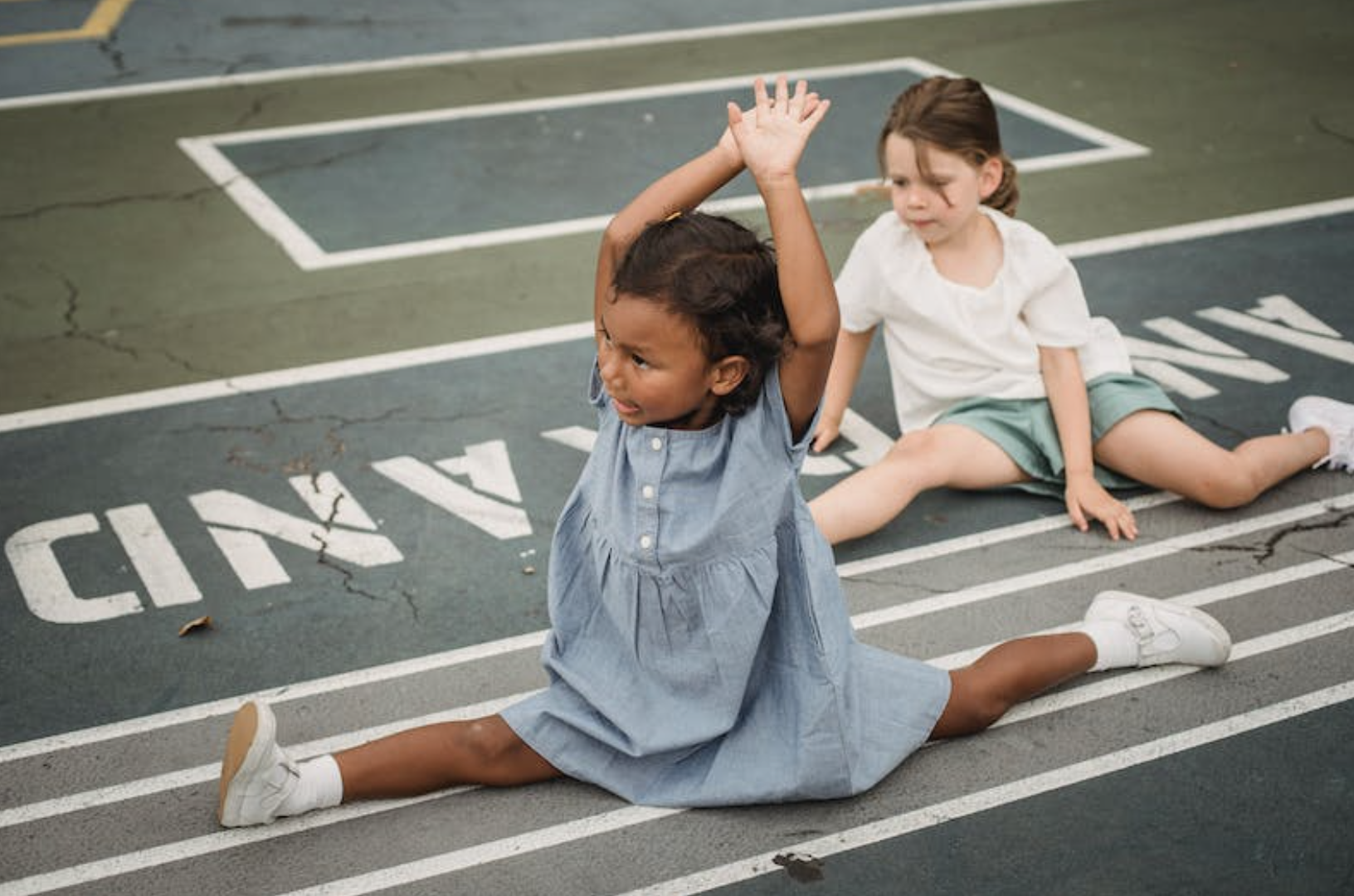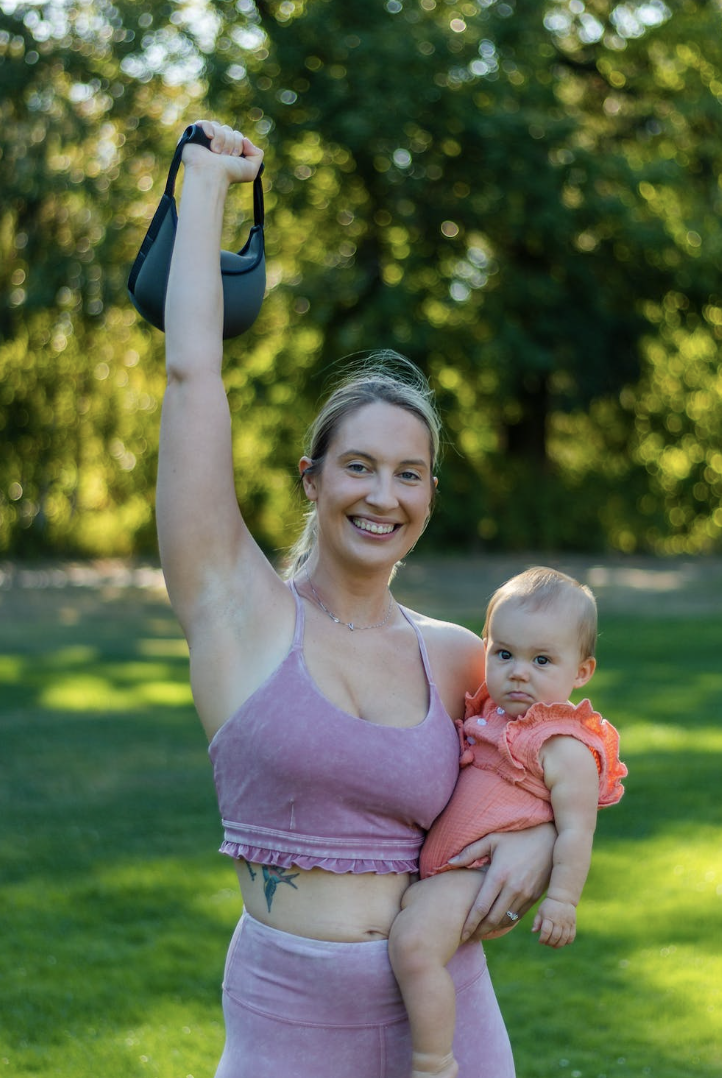
Whatever your current state of health is, take this time to think and pause for a moment. What was your childhood like? What did you eat, did you play a lot? Also, what were your parents’ habits like?
Fast forward to now in the present: what are your health habits? How do they compare to when you’re a kid?
Moreover, if you’re an adult and a parent now, are you conscious of how your child is learning from you by example? Are you nurturing a would-be couch potato, or someone who’ll grow up to be a healthy and health-oriented adult?
Also, if you were given the chance as a kid, what would you have done differently?
These are important questions to ask because studies show healthy habits start right at home, and what we do as young kids can later influence how we take care of ourselves in adulthood.
Here’s concrete evidence that young kids copy parental behavior. In an Australian study Obesity written by a pediatrics group, they found that the moms’ dietary and television-watching habits had an impact on the BMI and lifestyle patterns of their young children.

Further, in this study published in the journal Nutrients, the researchers wrote “Although eating behaviors and child weight are difficult to modify directly, parental feeding practices are potentially a good target for interventions to prevent unhealthy eating patterns and developing excess weight in children.”
“There is no doubt that children copy the behaviors observed in the presence of parents: healthy and unhealthy. Evidence from this study highlights the importance of early childhood as a critical period for the development of obesity,” commented Liliana Aguayo, Ph.D. of the Hubert Department of Global Health at Emory University, on the Obesity study.
One foolproof way to instill healthy habits in your young one is to encourage your child to play and be physically active, as early as now.
These days, however, with children spending 56% more time on technology than they do playing outside, according to this article at Oxford Homes, parents have to exert more effort to encourage children to be physically active.
Doctors recommend at least 60 minutes of physical activity a day for children 7 to 17 years old. For children younger than 6 years, they need more – 3 hours of activity every day is ideal, according to Healthline.
The good news? When children develop a love for movement, or any physical activity like dance or a sport, it usually sticks with them for life. Here are the benefits of inspiring a love of movement at an early age for your child.

Physically active children grow up to be healthy adults.
Healthy habits start at home, and studies show children who exercised regularly through their school years may be more likely to exercise as adults, carrying with this habit profound and far-reaching effects on health and well-being.
Take this interesting 2014 study of World War II veterans, where they found that the single strongest predictor of well-being later in life was whether someone played a varsity sport in high school.
The researchers followed 712 World War II veterans who were healthy as young men and surveyed them 50 years later at an average age of 78. What they found was astounding: all of the veterans who played a high school sport reported visiting the doctor fewer times every year across their life span. (The study, “Fit in 50 Years,” was published in BMC Public Health.)
Physical activity helps build and maintain healthy bones, muscles, and joints.
Kids are at a crucial period in their lives, where they’re developing their bodies. When they engage in regular physical activity, it helps them build strong bones and muscles, control weight, improve cardiovascular fitness, lower chance of diabetes, and other risks of serious health conditions, according to CDC, such as:
- Heart disease.
- Cancer.
- High blood pressure.
- Osteoporosis.
- Obesity.

Being physically active can help boost a child’s mental and behavioral health.
Encouraging children to play and to move is important not only for physical, but also mental health.
Physical activity has a small but significant effect on the mental health of children and adolescents ages 6 to 18, according to a review of 114 case studies. On average, young people who exercise more have lower levels of depression, stress and psychological distress, and higher levels of positive self-image, life satisfaction and psychological well-being (Rodriguez-Ayllon, M., et. al., Sports Medicine, Vol. 49, No. 9, 2019).
When we exercise, feel-good chemicals called endorphins are released by the brain, which helps improve mood and energy levels.. All these has a domino effect on a child. With improved mental status comes improved self-confidence, as well as resilience, proving that when a child learns the value of exercise, it’s a win-win situation.
Help your child lead a better life now and into the future. Here are ways you can inspire in them a love of physical activity or movement.

Be outdoors as much as you can
Let your child enjoy the freedom and joy of being physically active outdoors. The activities don’t have to be grand at all. It can be as simple as walking, hiking, or biking, or playing Frisbee.
Let them choose the activity.
Kids are easily bored, and like us adults, they have preferences too. So let them try a range of physical activities, until your kid finds something they like. They’ll appreciate being asked too. Join in the fun as well.
Lessen screen time and gadgets.
Research shows kids spend more time using electronic media devices than they do on any other activity—an average of seven hours a day across all age groups. That’s wasted opportunity for your kid to explore, play, and have fun! It might be challenging to ask them to cut back on screentime, but perhaps, try this strategy. What if you use the gadget to encourage your kid to move? How about dancing to the groove of a Youtube dance tutorial? Or how about tennis via a Wii exercise game? Use a gadget to your advantage.
Create an activity schedule.
Building a schedule will help you as a parent to integrate active play into your child’s life. Try using a sticky note and pasting it on the refrigerator. Consider celebrating milestones, and giving your kid a non-food related reward every time you hit a goal.
Lead by example and make it fun.
You are your child’s most important role model. You can help your child be active by being a good role model and sending positive messages about being physically active. And one of the best ways you can do is to lead by example, and even better, to be active together.
Tags



0 Comments
Trackbacks/Pingbacks